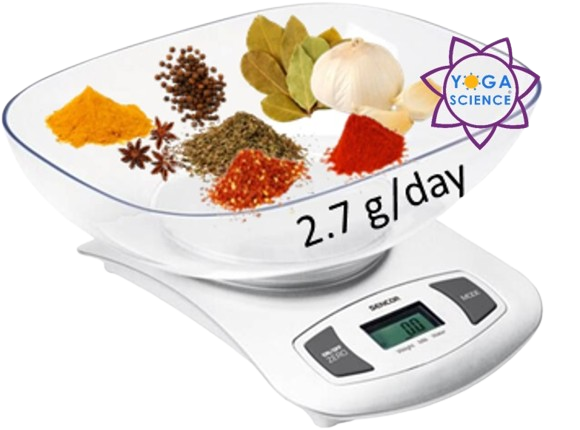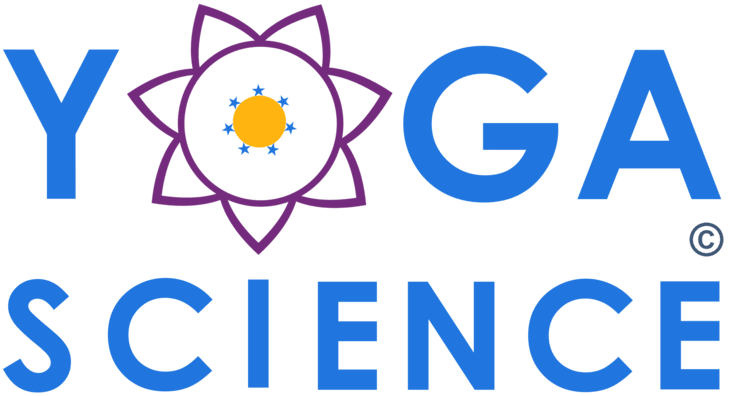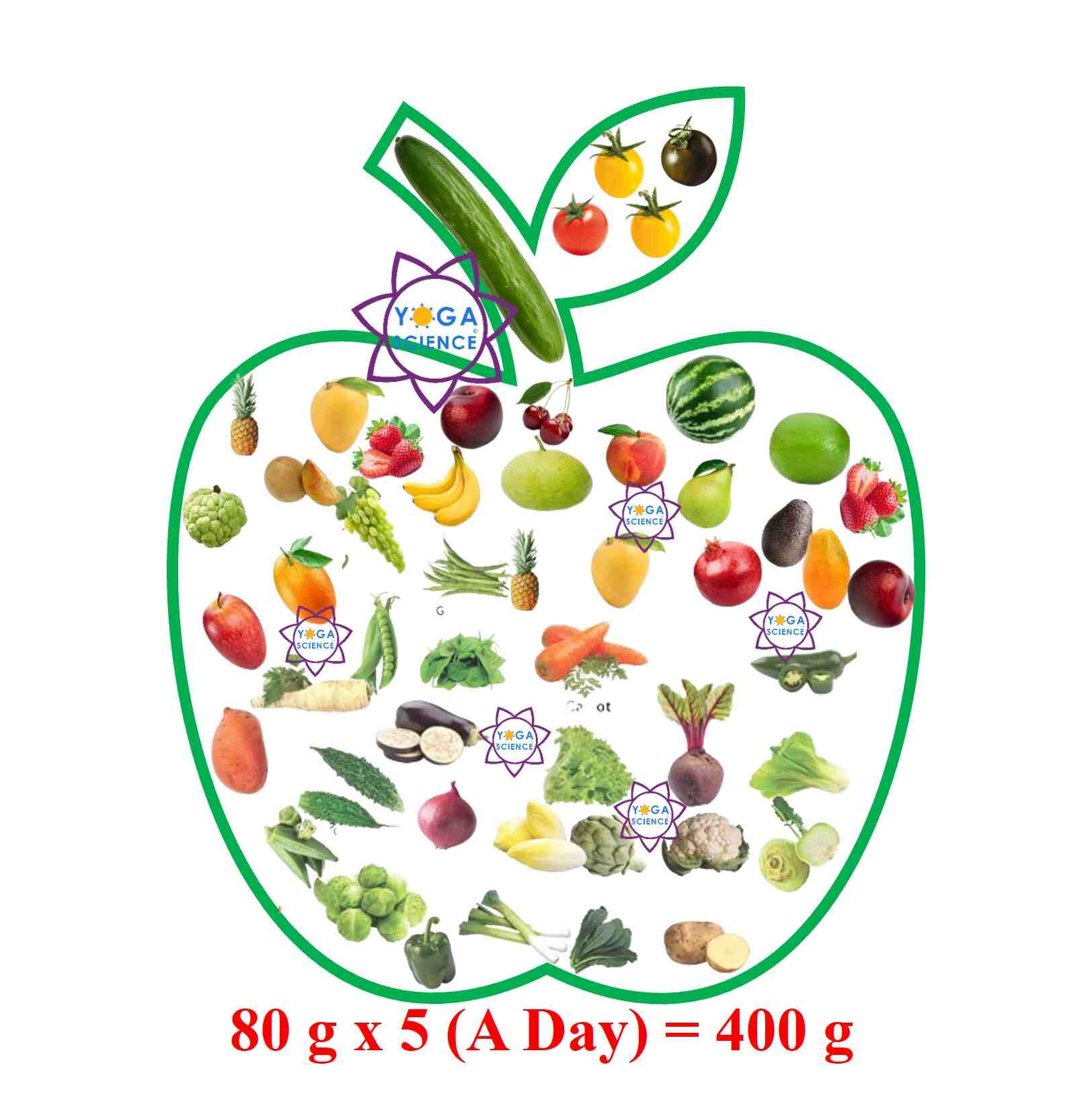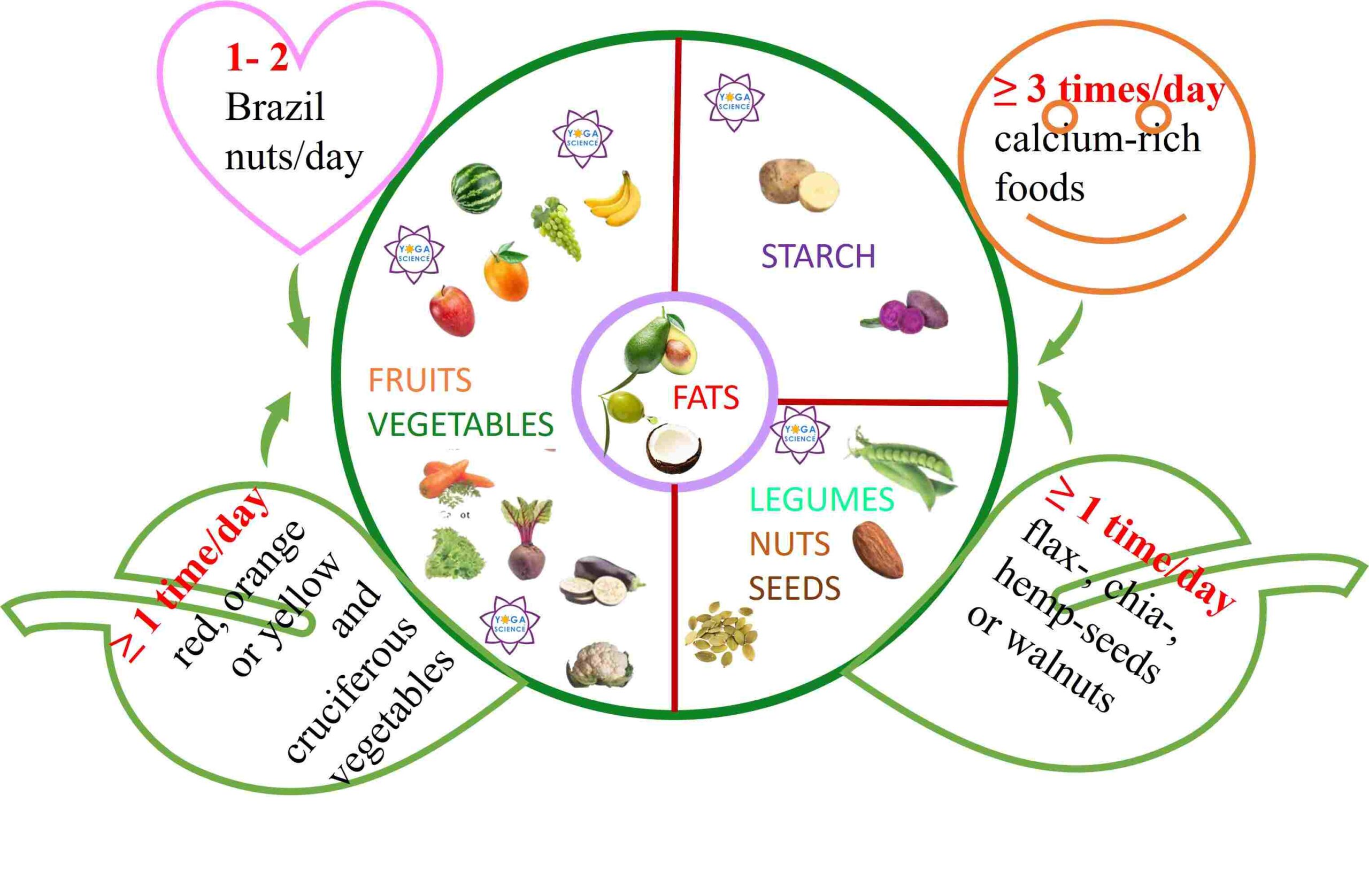Chakra and food are interconnected, with different chakras resonating with specific colors and food groups. Eating foods that align with the color and energetic properties of each chakra can help balance and harmonize your energy centers, promoting overall well-being.
Be the Tree
Be the Tree
Imagine standing tall and strong, deeply rooted in the earth: steady, resilient, and full of life. That’s the power of a plant-based lifestyle. By choosing to nourish yourself with nature’s bounty, you’re not just feeding your body but you’re growing strength, vitality, and purpose from the inside out.
A plant-powered diet can transform your health, boost your energy, and reduce the risk of chronic illness. It’s a choice that benefits not only you but also the world around you.
Now is your time to take root and thrive. Embrace this journey with open arms, and let every meal be a step toward a stronger, healthier, and more vibrant you. Start today: Be the Tree.
Here is a healthy diet according to WHO. It is a detailed beginner’s guide.
My Journey to Becoming a Tree
I’ve shared the story of how I began my yoga journey and now, I’ve become the Tree.
My transformation happened gradually and naturally. I let my body lead the way, choosing what it needed without force or pressure. About ten years ago, I went to a buffet with friends. After I got home, I became very sick from eating too much protein-heavy food. That was a clear sign: it was time to make a change.
I started by adding more vegetables to every meal. Slowly, my body began to reject meat. For a while, I still ate fish, telling myself I needed it for work, for protein, for nutrients. I kept it minimal—just a small piece at lunch.
As I continued practicing yoga, my tastes began to shift. After about two years, I no longer craved fish. Surprisingly, I also lost my desire for coffee, something I was once addicted to. My body began to enjoy tea instead—something I never expected.
I chose to honor what my body was asking for. I started learning how to prepare better plant-based meals. In the beginning, I told myself I didn’t have time, so I just ate salad every day. But slowly, I learned more, experimented more, and began making meals that truly nourished me.
It’s been a long journey, but one that unfolded naturally and in harmony with my yoga practice. Today, I feel lighter, healthier, and happier.
Now, I’d love to hear your story too. Let’s grow together.
Beside being colourful and tasty, the fruits and vegetables have a wealth of nutrients that are very essential to our body’s health. Berries can aid in memory retention, while spinach has antioxidants that enhance skin health. A healthier you is made up of bites from these foods that are nutrition-rich ranging from supporting healthy digestion to enhancing immunity. Boosting heart health through citrus fruits or detoxification with broccoli family plants called cruciferous. Unlocking nature’s secrets, we learn how to enjoy more than just one meal a day here.
Unveil the Power of Herbs and Spices
Spices and herbs have been used for centuries for culinary and medicinal purposes. They enhance the flavor, aroma, and color of food and beverages and can also protect against acute and chronic diseases. There is now ample evidence that spices and herbs possess antioxidant, anti-inflammatory, antitumorigenic, anticarcinogenic, glucose—and cholesterol-lowering activities, as well as properties that affect cognition and mood.
Starch
Starchy foods are a good energy source and the main source of a range of nutrients in our diet. They also contain fibre, calcium, iron and B vitamins. Just watch out for the added fats you use when you cook and serve them because this will increase the calorie content.
Legumes
There are wide varieties of legumes or pulses, including kidney beans, cannellini beans, Great Northern beans, navy beans, fava beans, cranberry beans, black beans, pinto beans, soybeans, black-eyed peas, chickpeas, and lentils. Suprisingly, legumes are naturally low in fat and provide fiber, protein, carbohydrate, B vitamins, iron, copper, magnesium, manganese, zinc, and phosphorous. One serving of legumes is one-half cup, provides about 115 calories, 20 g of carbohydrate, 7–9 g of fiber, 8 g of protein, and 1 g of fat. More info here.
Nuts
Eating nuts as part of a healthy diet may benefit the heart. Nuts contain unsaturated fatty acids and other nutrients. However, some nuts may be high in calories, so it is essential to limit portions. They are inexpensive, easy to store and easy to pack when you’re on the go. Source here.
Seeds
Seeds are a nutrition powerhouse that can easily be added to everything from soups and stir-fries to bread and salads, bringing flavour and texture. As a family, they contain nutrients that support the heart, bones, muscles, brain., and immunity. Six important seeds should be explored daily.
The Gut Microbiome and its Impact on the Brain
A plant-based diet benefits human health by fostering diverse and stable microbial systems. Vegans and vegetarians have higher counts of certain beneficial bacteria compared to omnivores. Plant fibers consistently increase lactic acid bacteria and reduce harmful species. Polyphenols in plants boost Bifidobacterium and Lactobacillus, which provide anti-pathogenic, anti-inflammatory, and cardiovascular benefits. High fiber intake promotes the growth of bacteria that ferment fiber into beneficial short-chain fatty acids, improving immunity, blood–brain barrier integrity, energy provision, and intestinal function. More here
A balanced diet is important!
A balanced diet supplies the nutrients your body needs to work effectively. Without balanced nutrition, your body is more prone to disease, infection, fatigue, and low performance. The balanced diet also includes exercise, which prevent the risk of obesity and various diseases that make up metabolic syndrome, such as type 2 diabetes and high blood pressure. Full info here.
Intakes of herbs and spices
2.7 g/day as food frequency questionnaire; 1.6 g/day as herbs and spice record

The Green for Forests
A forest is a dense community of trees (as big plants). When we take a break from the rush of our daily lives, we walk into a forest. We enjoy the beauty and peace of being in a natural setting. It shows that visiting a forest has real, quantifiable health benefits, both mental and physical. Even five minutes around trees or in green spaces may improve health. More benefits of forests here.
- Boosts the immune system
- Lowers blood pressure
- Reduces stress
- Improves mood

1. Start gradually
The best way to succeed is to break it down into smaller, more achievable goals

2. Stock up on healthy foods
As you stock up on the good stuff at home. It is not only will it prevent you from consuming them often, it will also keep your pantry from overflowing.

3. Prepare 2 times per week
You’d be surprised how tasty a bowl filled with a mix of veggies, legumes, grains and a delicious plant-based sauce can be!

4. Replace plant-based food
Oat, almond or soy milk, flax seed egg, tofu scramble, seed and nut butter dressings, legumes, tofu or tempeh,

5. Don't be afraid of volume!
Plant-based foods are lower in calories and rich in nutrients, which are needed to sustain your energy throughout the day. So, you should not feel restricted or limited, eat until you’re satisfied.



